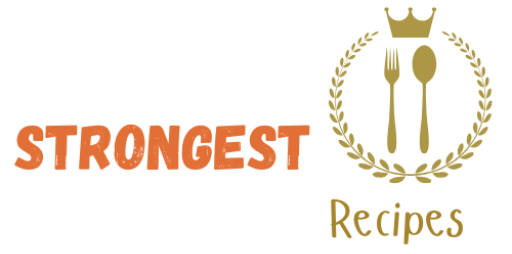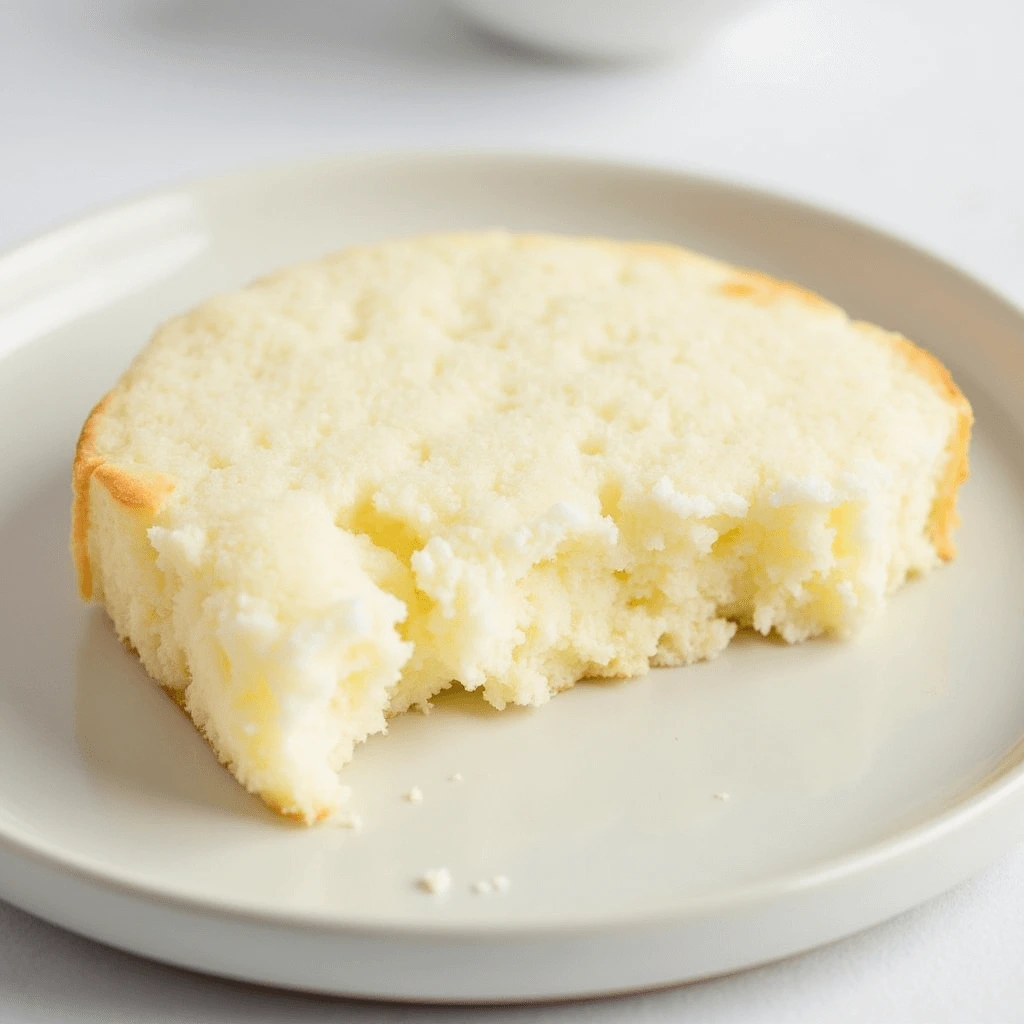Cloud bread has taken social media by storm with its light, fluffy texture and whimsical look—but is it actually good for you? In this article, we’ll explore the nutritional profile of cloud bread and break down its potential health benefits. Whether you’re following a gluten-free, low-carb, or high-protein diet, cloud bread might just be a smart alternative to traditional bread. Let’s take a closer look at what’s inside and who it’s best suited for.
Is Cloud Bread Healthy? Nutrition & Dietary Benefits
Is Cloud Bread Healthy? Nutrition & Dietary Benefits — Learn more about its health effects and nutritional value from trusted nutrition experts.
Low-Carb, High-Protein, and Gluten-Free Perks
Low-Carb, High-Protein, and Gluten-Free Perks
One of the biggest reasons cloud bread has gained popularity is because it checks several nutritional boxes that many modern diets prioritize. Whether you’re looking to cut back on carbs, increase protein intake, or avoid gluten, cloud bread can fit seamlessly into your lifestyle. Let’s explore these benefits in more detail:
1. Low-Carb Friendly
Traditional bread is often high in carbohydrates, which can spike blood sugar and hinder weight loss for those on low-carb or ketogenic diets. Cloud bread, however, is made primarily from eggs and cream cheese or Greek yogurt—ingredients that are naturally low in carbohydrates. Depending on the recipe, one piece of cloud bread may contain as little as 1 gram of net carbs, making it an ideal choice for keto followers and anyone watching their carb intake.
2. Naturally High in Protein
Thanks to its egg-based foundation, cloud bread delivers a solid dose of protein with every bite. Eggs are one of the most complete protein sources, containing all nine essential amino acids your body needs. If your recipe includes Greek yogurt, that boosts the protein content even more. This makes cloud bread a satisfying option for meals or snacks, especially for those aiming to increase protein for muscle maintenance, weight control, or satiety.
3. Gluten-Free by Nature
Cloud bread is a naturally gluten-free alternative to wheat-based breads, which makes it a great option for people with celiac disease or gluten sensitivity. Unlike many store-bought gluten-free breads that rely on processed starches or additives, cloud bread is made with simple, whole ingredients. This can be a cleaner, more wholesome alternative for anyone avoiding gluten for health or lifestyle reasons.
4. Supports Special Diets
Because it’s low in carbs, high in protein, and gluten-free, cloud bread works well with a variety of popular eating plans, including:
- Keto and Low-Carb Diets
- Paleo (with dairy-free adjustments)
- Gluten-Free Diets
- High-Protein Meal Plans
- Diabetic-Friendly Menus
Comparison to Regular Bread
Cloud bread has gained popularity as a lighter, trendier alternative to traditional bread—but how do they really compare when it comes to nutrition, ingredients, and dietary impact? Understanding the differences can help you decide which option best suits your health goals and lifestyle.
1. Ingredients and Simplicity
Regular bread is typically made with flour (usually wheat-based), yeast, sugar, salt, and sometimes preservatives or additives to improve texture and shelf life. In contrast, cloud bread is made with just a few basic ingredients: eggs, cream cheese or Greek yogurt, and an optional stabilizer like cream of tartar. This makes cloud bread a much cleaner and more minimalist choice, free from processed flour or refined sugars.
2. Carbohydrate Content
One of the most significant differences is in carbohydrate content. A single slice of regular white bread can contain 12–15 grams of carbs, mainly from refined flour. Cloud bread, however, contains 1–2 grams of carbs per piece, making it a go-to option for those on low-carb or ketogenic diets. If you’re watching your carb intake or managing conditions like diabetes, cloud bread offers a clear advantage.
3. Protein Levels
While regular bread contains some protein (mainly from wheat), cloud bread is naturally higher in protein due to its egg-based composition. This makes it more filling and suitable for those aiming to increase their protein intake for muscle maintenance, weight loss, or general health. Adding Greek yogurt to your cloud bread recipe can enhance its protein profile even more.
4. Gluten and Allergen Concerns
Regular bread contains gluten—a protein found in wheat that can cause issues for people with celiac disease or gluten sensitivity. Cloud bread is completely gluten-free, making it a safer and more inclusive option. Plus, because it contains fewer ingredients, it may also be suitable for those avoiding common allergens or additives.
5. Texture and Taste
Regular bread has a chewy, dense texture that’s great for sandwiches and toasting. Cloud bread, on the other hand, is light, airy, and almost melt-in-your-mouth soft. It doesn’t have the same bite or grain structure as traditional bread, but its fluffy texture makes it appealing for wraps, breakfast dishes, or even dessert-style bakes.
6. Versatility in Diets
While traditional bread is a staple in many meals, it doesn’t always align with specific diets like keto, paleo, or high-protein plans. Cloud bread, however, is highly adaptable. It can be made sweet or savory, and with slight ingredient tweaks, it can fit into many different eating styles without compromising dietary restrictions.
Who Benefits Most from Cloud Bread?
Cloud bread isn’t just a social media trend—it’s a versatile food option that caters to a wide range of dietary needs and lifestyles. Because of its unique nutritional profile and minimal ingredients, cloud bread can be a smart choice for many different people. Let’s take a closer look at who benefits the most from including cloud bread in their diet.
1. People Following a Low-Carb or Keto Diet
Cloud bread is an ideal alternative for those limiting their carbohydrate intake. With just 1–2 grams of carbs per serving, it allows individuals on low-carb or ketogenic diets to enjoy something bread-like without getting knocked out of ketosis. It’s especially useful for creating sandwiches, wraps, or snacks that feel satisfying but stay within carb limits.
2. Individuals with Gluten Intolerance or Celiac Disease
Since cloud bread contains no wheat or flour, it’s naturally gluten-free. This makes it a safe and appealing option for those with celiac disease, gluten sensitivity, or anyone trying to reduce gluten for digestive health. Unlike many gluten-free breads on the market, cloud bread doesn’t rely on processed starches or artificial binders.
3. High-Protein Dieters and Fitness Enthusiasts
Because cloud bread is made mainly with eggs—and often includes Greek yogurt or cream cheese—it’s higher in protein than traditional bread. This is beneficial for people focused on building or maintaining muscle, managing weight, or simply looking to feel fuller for longer. It’s a great pre- or post-workout snack base when paired with protein-rich toppings.
4. Those Watching Calorie Intake
Cloud bread is generally lower in calories than most store-bought breads, especially those made with added fats or sugars. Its light and fluffy texture provides volume without excessive calories, making it an excellent choice for those aiming to reduce or control their daily caloric intake.
5. People with Diabetes or Blood Sugar Concerns
Thanks to its low glycemic impact, cloud bread can be a smart alternative for people managing type 2 diabetes or insulin resistance. It won’t spike blood sugar levels like traditional bread can, especially if paired with healthy fats or proteins.
6. Busy Individuals and Meal Preppers
Cloud bread is quick to make, requires minimal ingredients, and stores well for a few days. This makes it a convenient option for busy individuals or families who want a fast, nutritious bread substitute on hand for lunches, snacks, or breakfasts.
Is It Right for You?
Cloud bread may be light, fluffy, and social media-friendly, but is it the right fit for your diet and lifestyle? The answer depends on your individual health goals, dietary needs, and personal preferences. Let’s explore a few key points to help you decide whether cloud bread belongs in your kitchen.
1. Consider Your Dietary Goals
If you’re following a low-carb, keto, or gluten-free lifestyle, cloud bread is an excellent substitute for traditional bread. It allows you to enjoy sandwiches, wraps, and even toast-like snacks without consuming the carbs or gluten found in standard bread. On the other hand, if you’re seeking whole grains or fiber, cloud bread may not fully meet your nutritional needs since it lacks complex carbs and fiber-rich ingredients.
2. Your Taste and Texture Preferences
Cloud bread has a very different texture than regular bread—it’s airy, soft, and almost sponge-like. Some people love this unique mouthfeel, while others may miss the chewiness or density of traditional baked goods. If you enjoy experimenting in the kitchen and don’t mind a texture shift, cloud bread might be a fun addition to your meals. But if you’re a die-hard fan of classic crusty loaves, you might prefer to enjoy it as an occasional novelty rather than a staple.
3. Ingredient Tolerance
The main ingredients in cloud bread are eggs and cream cheese or Greek yogurt, which means it’s not suitable for people with egg or dairy allergies. However, dairy-free versions using alternatives like coconut cream or cashew-based spreads can be adapted with some experimentation. If you tolerate these ingredients well, cloud bread is simple, clean, and free from preservatives or additives often found in store-bought bread.
4. Nutritional Balance
Cloud bread is low in carbs and calories but also lacks fiber, vitamins, and minerals that whole-grain breads typically provide. If you choose to make cloud bread a regular part of your meals, it’s important to balance your diet with other nutrient-rich foods—such as vegetables, fruits, legumes, and whole grains—throughout the day.
5. Convenience and Lifestyle Fit
If you’re looking for a quick, homemade bread option that stores well and supports your health goals, cloud bread is worth trying. It’s easy to make with basic kitchen tools, and you can prepare a batch ahead of time for easy meals and snacks. For busy individuals or meal preppers, it offers both versatility and simplicity.

